
Having sailed down the Jhelum from the vicinity of Mandi Bahauddin, to its junction with the Chenab near Jhang, Alexander made forced marches across what was then sand desert, through modern Toba Tek Singh to Kamalia, Tulumba and eventually Multan — “the principal town of the Mallian people”, as the historian Arrian tells us.
The city of Multan lay around the lofty battlements of a strongly fortified citadel with two perimeter walls that stood in the area taken by the tomb of Rukne Alam today. Alexander led the attack with one division supported by another, under his general Perdiccas. Alexander’s troops managed to take down a gate, massive as it must have been, penetrating into the first corridor.
As the foreigners milled about in the corridor between the two defensive walls, they saw above them the battlements virtually crawling with the defenders. As Alexander ordered sapping operations, he also called for scaling ladders to be put up against the walls. Impetuous as he was, Alexander did not like the slow progress. Snatching a ladder from the man carrying it, Alexander personally placed it against the wall and, crouching under his shield, clambered up to the crenulations.
Immediately behind him was Peucestas, carrying the sacred shield that Alexander always used in battle. Following Peucestas was Leonnatus, the king’s personal bodyguard.
Having reduced the defenders on the battlements, Alexander stood on the crenulations in full view of both the defenders and his own troops. While his troops were hurrying to join him on the fort walls, Alexander jumped inside the fort where he met the best of the Rajput troops from Multan and as far away as Rajasthan. In the thick of this battle, as he raised his sword arm to strike an adversary, an arrow from a Multani archer found its target.
The arrow, having pierced his corselet, lodged in his breast on the right side. Alexander fell. We are told that he bled from the mouth, the blood being mixed with air bubbles, meaning that his lung was punctured. There is then a very moving heroic scene preserved in the histories: Perdiccas standing astride the still body, protecting it with the shield of Achilles, and Leonnatus desperately holding off the attackers.
Meanwhile, Alexander’s panicked soldiers had gained the wall by escalade. Soon the gates were thrown open and the fort taken. Though he gave his army a fright, Alexander did not die. He made it back by the skin of his teeth. This was September 326 BCE.
Four years later, in June 322, Alexander died apparently of a fever in Babylon. In between the injury in Multan and his final exit from near Gwadar, Alexander fought several battles, notably those of Rahim Yar Khan, Sehwan and Hyderabad. And he survived the horrendous march across the parched wastes of Makran. Yet so many in Multan believe he died of their arrow.
It is said, in jest of course, that the Multani phrase ‘karay saan,’ (will do) means something may (or may not) get done in the next several years after the utterance. I joke with my Multani friends that if they want to believe it was their arrow that killed the Macedonian, then we must also take the karay saan joke at face value. Surely only such an arrow could have taken four years to kill a man.
Published in The Express Tribune, July 23rd, 2011.


1729685382-0/Untitled-design-(57)1729685382-0-270x192.webp)
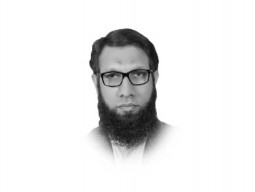
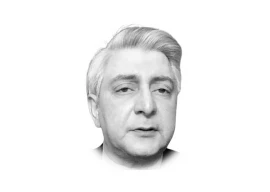

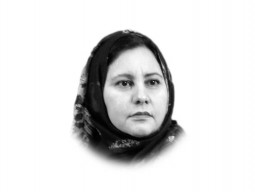
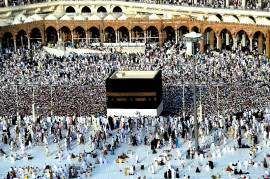



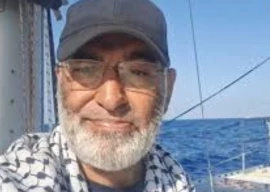
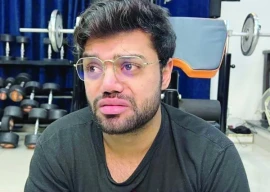


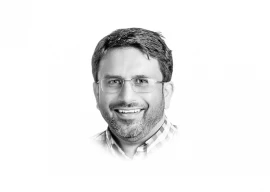


COMMENTS
Comments are moderated and generally will be posted if they are on-topic and not abusive.
For more information, please see our Comments FAQ